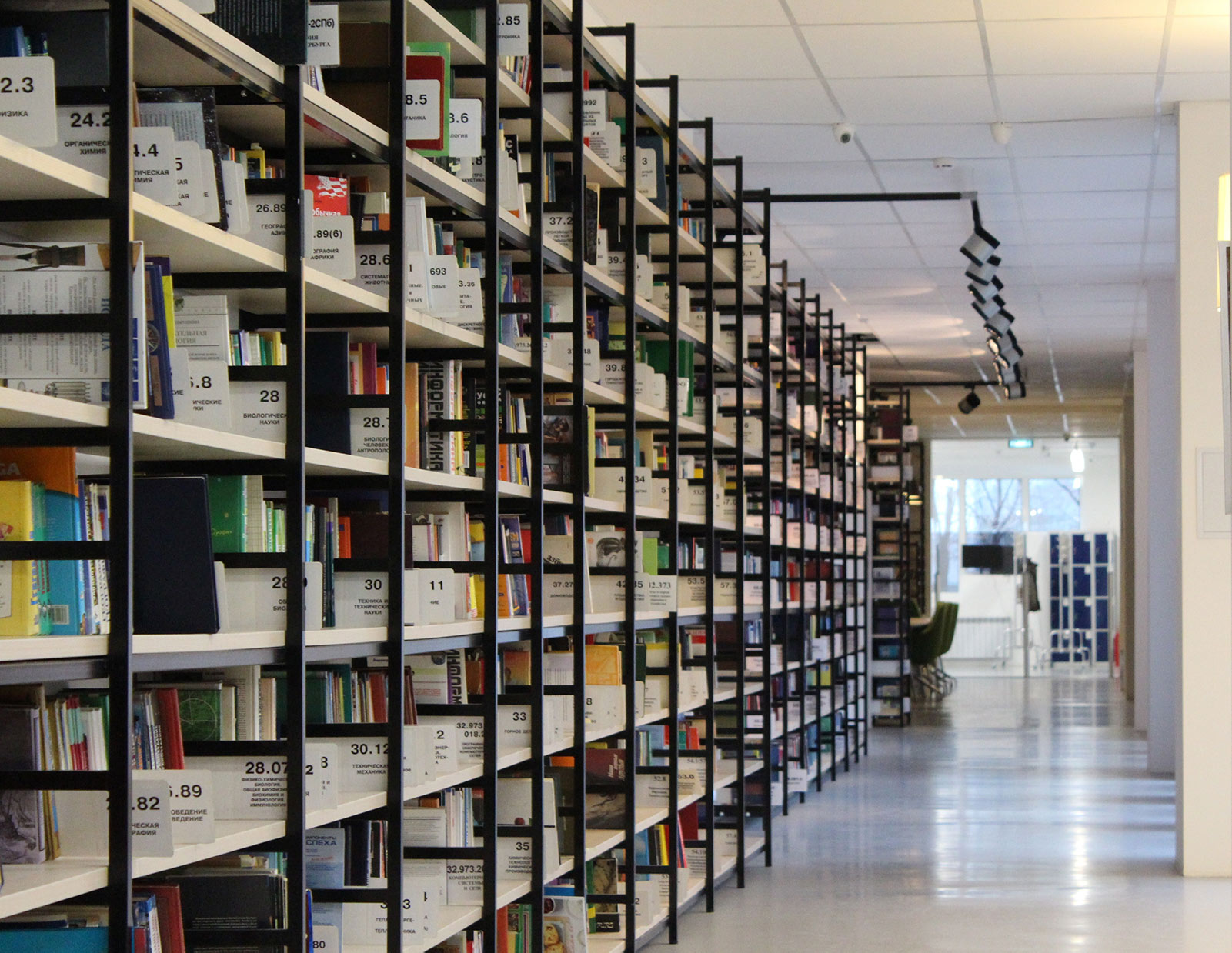Available Resources Examples
Light: The third floor of an office building faces west and has floor-to-ceiling windows. In the afternoon, the floor has an abundance of light. This light could be used for reading and other activities. It could also be a nuisance for some activities that are better with moderate to low-light levels.
Electricity: People who rely on smartphones and other portable electronics to complete activities need access to electricity. Batteries, electrical outlets, and USB are three common ways devices can be powered. In order to charge a device, users must have a cable or a charging pad that works for their device.
Researching Available Resources
Designers research available resources to determine limitations and opportunities in an experience design scene. Resource limitations frame what can and should be designed for a particular setting. When a setting does not contain an abundance of resources—such as water, electricity, or a skilled workforce—products, services, and systems that rely upon them can not function properly.
Researching available resources can help designers discover opportunities for design. A city with an abundance of privately-owned cars is a potential candidate for ride-sharing services such as Lyft or Uber. In this case, research reveals the available resources, which suggests designers could create a service to utilize the resources, assuming there is demand.
Questions to Ask About Available Resources
- What resources are available in this setting?
- For what activities could these resources be used?
- What problems does a lack of resources potentially cause?
- What resources are necessary for people to complete an activity?
Look for These When Researching Available Resources
- Resource delivery systems such as electrical outlets
- The resources, themselves
